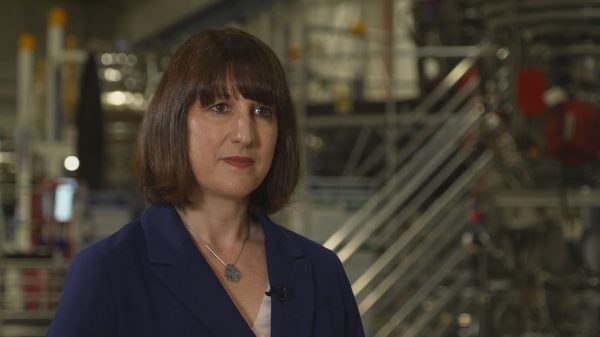The Evolution of General Electric: A Historic Transition
General Electric (GE), once a symbol of American business excellence and the most valuable US corporation, has undergone a significant transformation after 132 years of operation.
Transition to Three Distinct Entities
GE has finalized a three-way split, marking a definitive break from its past glory. The conglomerate has transitioned into three separate entities, signifying a new era for the company.
Initiation of the Separation Process
The process of separation began over a year ago with the spinoff of GE’s healthcare business. Recently, the aerospace and energy divisions have started independent trading on the New York Stock Exchange, solidifying the split.
New Ventures and Market Response
Under the new structure, GE Aerospace and the energy unit, now named GE Vernova, have embarked on their individual paths. Market response has been positive, with GE Aerospace shares rising by 2% and Vernova witnessing a 5% increase in mid-afternoon trading.
Leadership and Transformation
CEO Larry Culp’s vision has been instrumental in guiding GE through its challenges. Despite obstacles like the impact of the COVID-19 pandemic, Culp’s strategic focus on debt reduction and operational efficiency has revitalized the company.
Financial Success and Future Projections
GE has significantly reduced debt, increased free cash flow, and experienced a surge in market capitalization. Analysts foresee strong growth for GE Aerospace, projecting an operating profit of $10 billion by 2028.
Historical Legacy and Industry Impact
Founded in 1892 through a merger, GE has made a lasting impact on global industry with innovations in electricity, appliances, and finance. Despite the split, GE Aerospace remains a key player in the aviation sector with a market value exceeding $100 billion.
















































